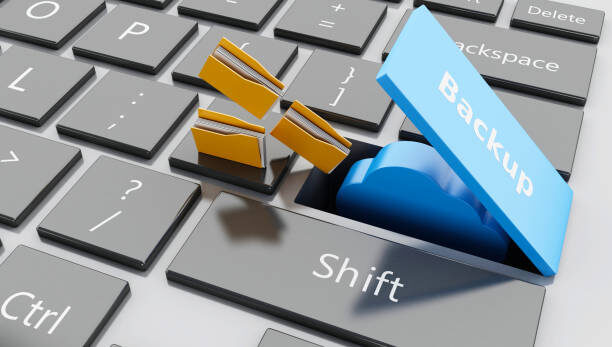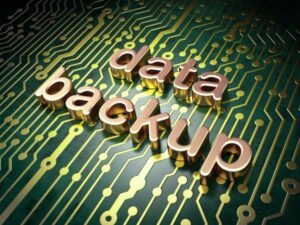Creating a backup of digital data is a necessary part of digital life, which is especially important for devices full of data like databases and data centers. There are two types of physical backups for the data, hot backup and cold backup.
Hot Backup Definition
Hot backup is a kind of digital data backup method for databases such as MySQL. It allows the database system to keep running while the backup is processing. So, during that period, users can still access data from the database to keep business continuity without downtime. Hot backup sometimes is also called dynamic backup or online backup.
Generally, you can perform a hot backup anytime you want. Yet, hot backup is kind of source-intensive since the system is still working while the backup is carried out, which may cause both backup and normal system operations to slow down. So, it is recommended to perform a hot backup when the system is comparatively unbusy and fewer users access the database.
To some extent, hot backup is similar to near-continuous data protection, which reflects the relevant real-time data changes in the continuous new backup. Therefore, users can restore data to any time point.
Cold Backup Definition
Clod backup is another kind of database backup that requires the whole system to shut down completely before the backup task starts. Thus, the target database is inaccessible for users, which causes business interruption when the backup is processing. Cold backup is also known as static backup or offline backup.
Since cold backup needs to turn off the operating system, it’s better to conduct it when you don’t need to use the database or when the database is idle. Commonly, the better choices are the beginning of a day or the end of a day.
Compared to hot backup, cold backup consumes fewer resources. And, it prevents users from access the database during its work. Therefore, cold backup tends to be faster than hot backup.
Hot Backup vs Cold Backup – Which to Choose?
Both cold backup and hot backup have their advantages and disadvantages. So, you should choose one of them based on your own situations and needs. Or, you can adopt both types for your data protection.
If you are running an organization with business operations working around the clock and don’t allow any interruption or downtime, a hot backup is your best choice. It enables you to copy your data while keeping the business going on.
If you are running a company that has a fixed working time and doesn’t need to be available all the time, a cold backup is suitable for you. When all work is done at the end of the day, you can carry out a cold backup of your company data especially the data generated today. Or, before you start a new workday, you can perform a cold backup in case any accident happens on this coming day.
Besides, you need to know that hot backup requires more storage space than hot backup since it continuously creating backups. Instead, cold backup is performed in less frequency. After all, it is impossible to close a database from time to time for performing a cold backup.
Moreover, you should also consider the recovery process after accidents happen. Since hot backup saves backup images in a secondary location that enables much faster disaster recovery (DR), it reduces the downtime caused by accidents.
On the contrary, a cold backup permit you to save backup images to another server or even removable storage devices, it needs more time to get the backup ready for disaster recovery. Therefore, longer downtime is possible during a cold backup recovery.
Conclusion
No matter which type of backup you finally choose, make sure it’s correctly set up and functions. No matter which kind of backup you select, even you pick up hot backup, it is also necessary to try your best to reduce server downtime, especially after system crashes.

